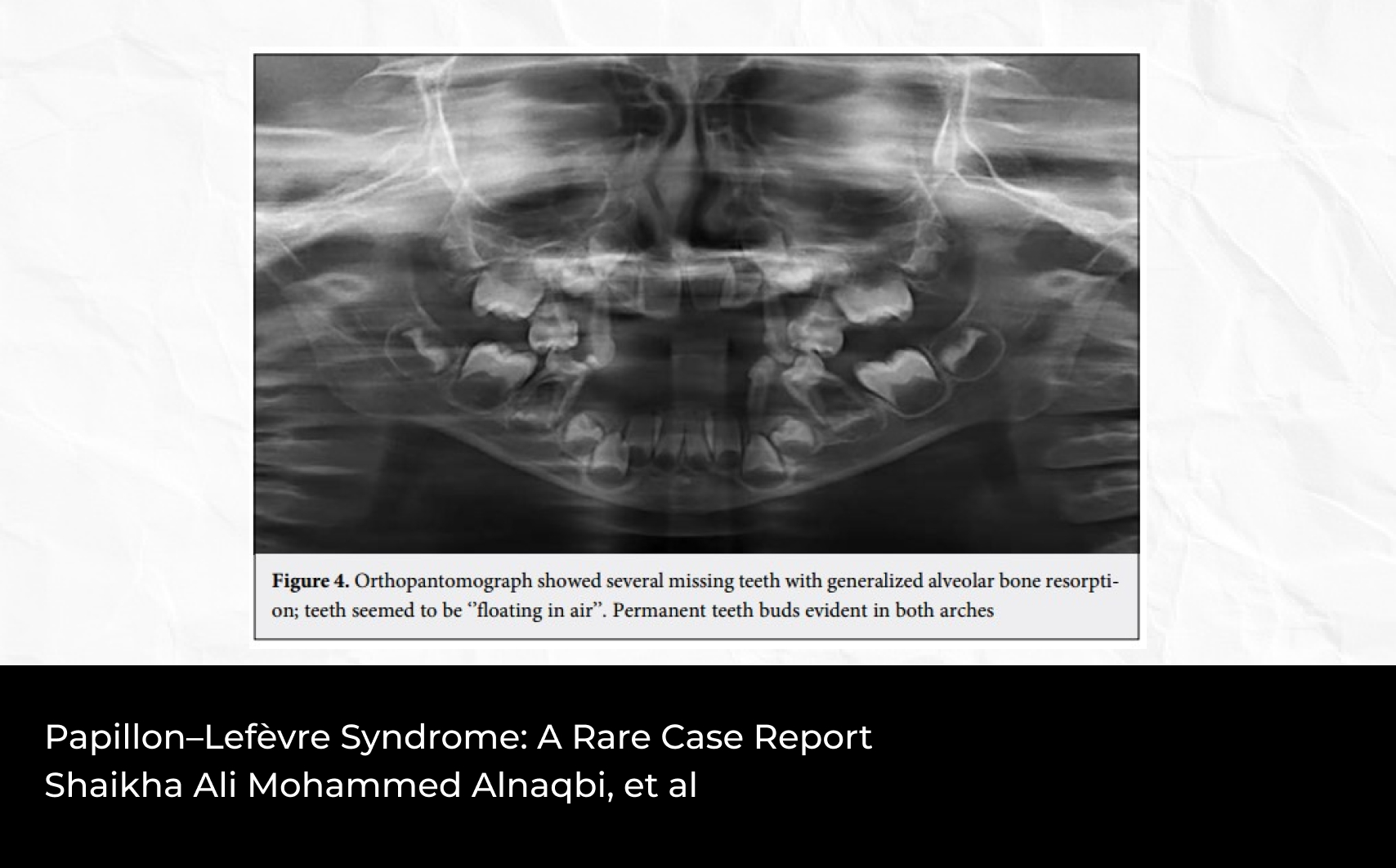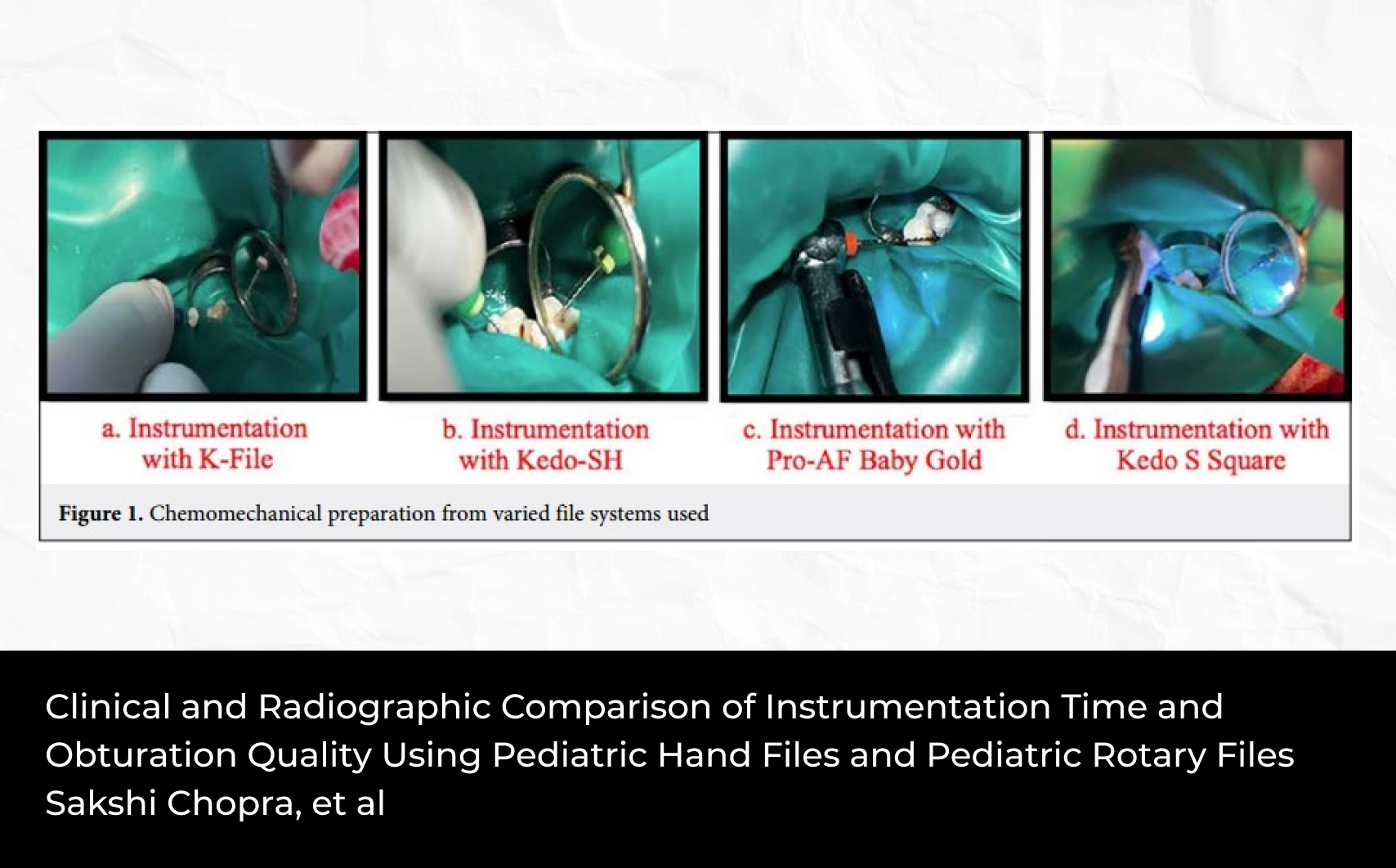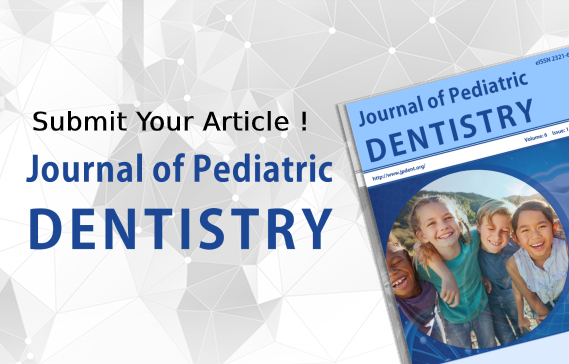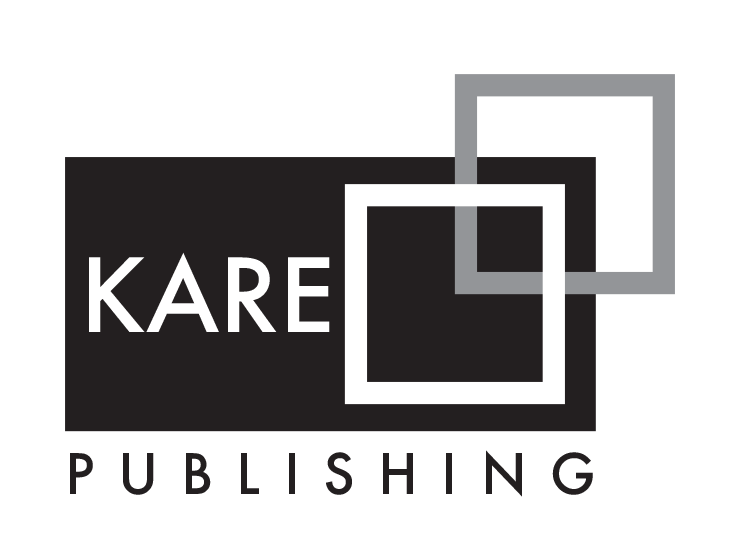Abstract
Objective: The objective of the study was to evaluate and compare the residual dentin surface after chemo-mechanical caries excavation with Carie-careTM and Brix-3000 by scanning electron microscopy in primary molars.
Materials and Methods: Extracted sixty deciduous molars with occlusal caries were collected and randomly assigned into two groups with thirty each. Group 1; samples were treated with Carie careTM, Group 2; samples were treated with Brix-3000. Following caries excavation, the tooth specimens were subjected to scanning electron microscopic evaluation.
Results: Scanning electron microscopic evaluation showed that the two agents were equally effective in removing the infected dentin and smear layer in primary teeth. However, on statistical comparison using Chi square test and Mann Whitney showed no significant differences in two groups.
Conclusion: Both the chemo-mechanical caries removal agents were effective in caries removal in primary molars. Hence, Brix- 3000 can be effectively used in primary teeth in clinical practice.














